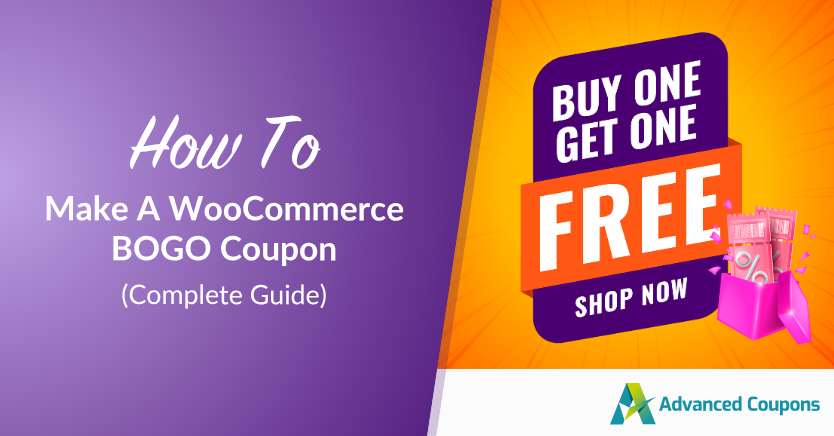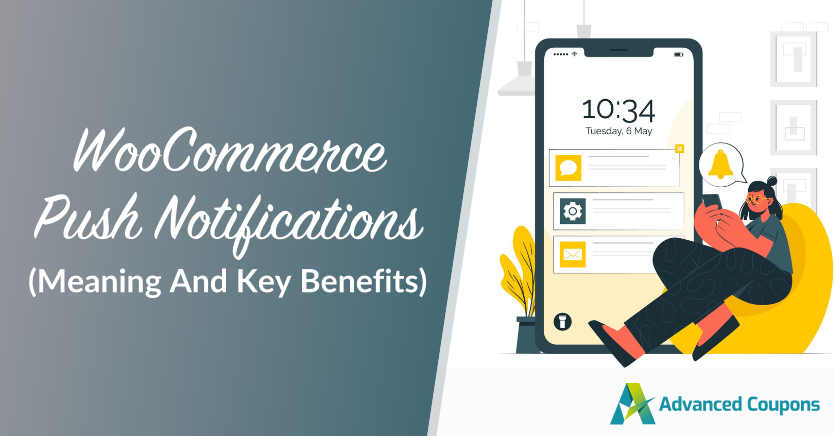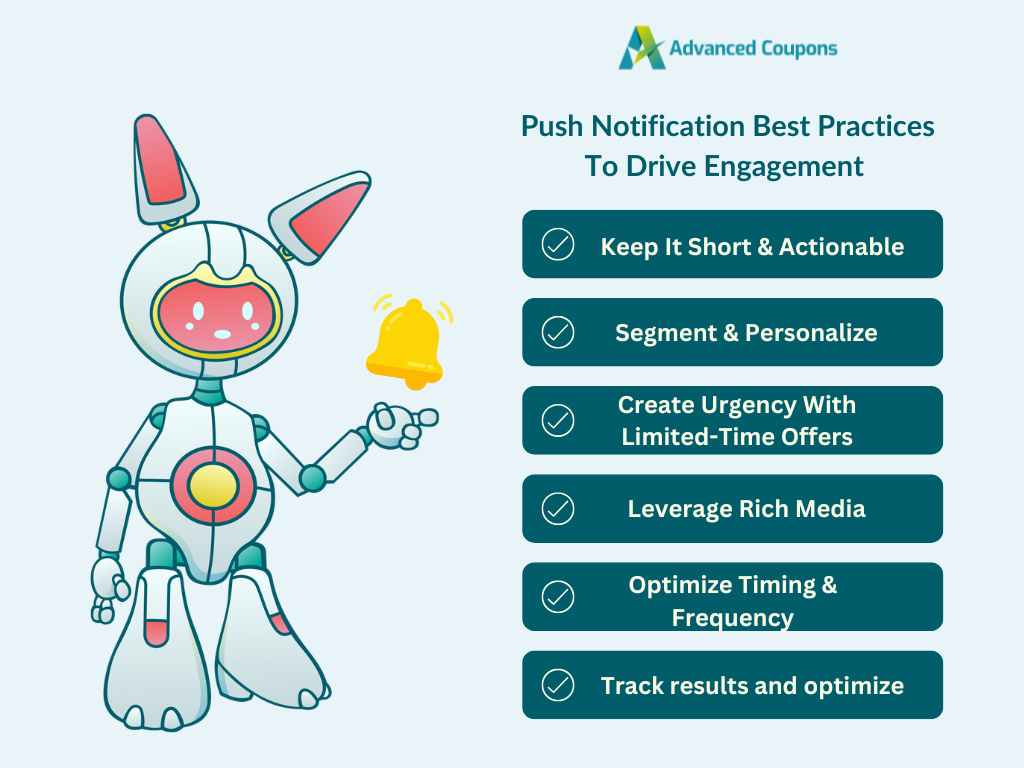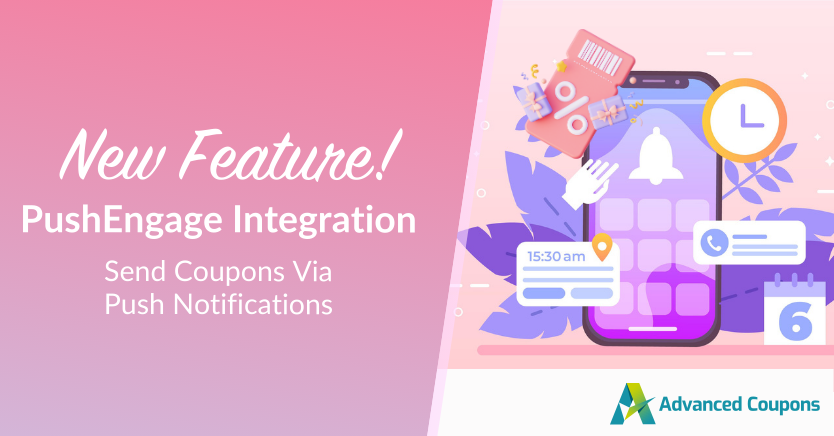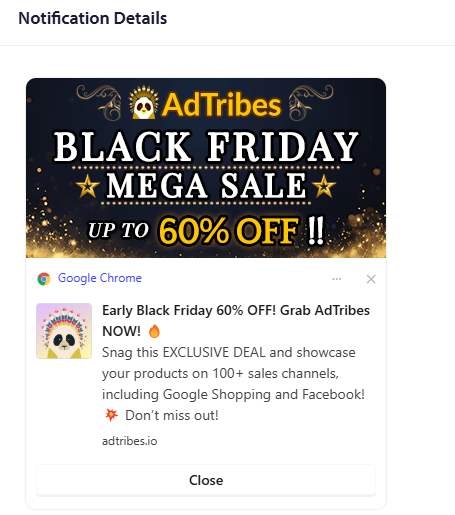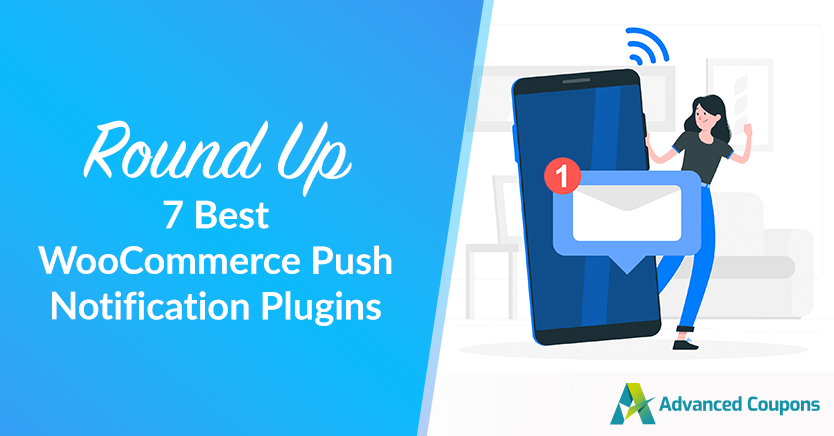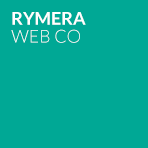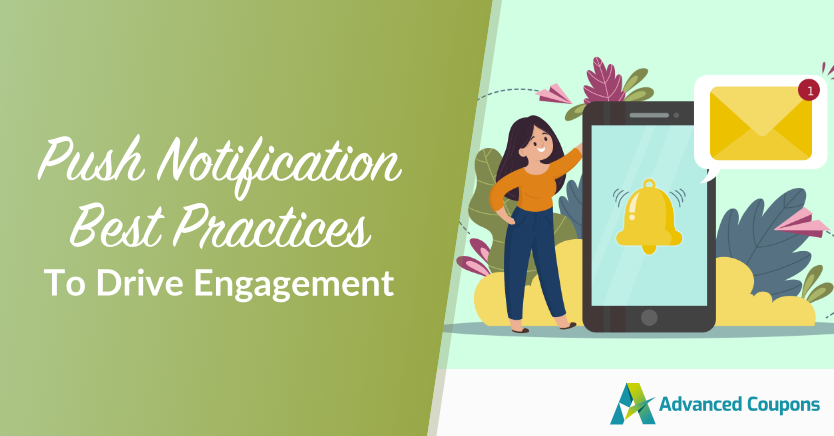
Push notifications are one of the most powerful tools in a marketer’s arsenal. They cut through the noise, allowing you to deliver messages right into shoppers’ devices. Unfortunately, without the right strategy, they can easily become intrusive and ineffective! That’s why understanding push notification best practices is crucial for store owners.
By following industry best practices, you can ensure that your messages remain compelling and engaging. We’re here to help out! In this article, we’ll walk you through key best practices when using push notifications in your marketing strategy.
When done right, push notifications can help you drive shopper engagement and boost conversions. So, let’s get right into it!
Why Leverage Push Notifications In Your Marketing Strategy?
Modern shoppers are bombarded with countless marketing messages every day. On average, a person receives 121 emails per day, many of which go ignored or unread in crowded inboxes. According to industry estimates, most shoppers see up to 10,000 ads every day across digital platforms! Indeed, it can be a challenge to get your message across.
This is where push notifications can help. Push notifications deliver short, timely messages directly to a shopper’s device. You’ve probably seen them pop up as you use your mobile phone or scroll the internet. They work well because:
- They’re short and impactful.
- They appear in real time, catching attention and driving immediate action.
- Push messages bypass crowded inboxes and social media algorithms.
Industry estimates reveal that push notifications have higher engagement rates than emails, making them a powerful tool to add to your marketing strategy.
If you’re interested in learning more about how you can use push notifications to grow your WooCommerce store, check out our guide here! 👉
Push Notification Best Practices To Boost Engagement
By now, it’s pretty clear why it’s worthwhile to include push notifications in your marketing strategy. In this section, we’ll reveal key push notification best practices to help you create engaging campaigns that drive results. Let’s dive in!
1. Cut the fluff: Keep it short and sweet!
Push notifications are designed to grab attention within seconds. If your message is vague or too long, shoppers might swipe away before they even read it! That’s why concise and actionable messages perform best. Here are some valuable tips to remember:
- Be direct: The most important information should come first. Here’s a good example if you’re running a flash sale: “📢 Flash Sale: 50% OFF – Today only!” It’s clear, attention-grabbing, and easy to understand even at a glance.
- Use power words: Heighten excitement by using power words like exclusive, limited-time, or today only. This creates a sense of urgency, encouraging buyers to act.
- Make it scannable: Most users scan, not read. Use numbers, emojis, and short phrases to make your message stand out.
- Pair with a strong call to action (CTA): Always tell shoppers exactly what they need to do next. Some common examples include “Shop Now” or “Claim Your Discount”.
A good rule of thumb is to use 10 or fewer words for the main title. Keeping your push notifications short, scannable, and action-oriented will help capture attention and drive clicks.
2. Make it personal: Leverage segmentation
If you really want to drive engagement, your messages should feel relevant and valuable to your target shoppers. One of the best ways to do this is through user segmentation. Segmentation allows you to group users based on their demographics, shopping behavior, and preferences.
For example, you might want to segment based on:
- Shopping behavior: Send messages to past buyers to notify them about restocks, or nudge customers with abandoned carts to complete their purchase.
- Location: Send out regional-based promotions based on a shopper’s location.
- Shopper preferences: Promote new arrivals to shoppers who browsed that certain product category.
As you can see, there are many ways you can use segmentation to support your marketing goals. They’re useful for exclusive promotions, cart abandonment campaigns, or re-engagement efforts.
Fortunately, this process doesn’t have to be complicated. With plugins like PushEngage, you can automatically segment users based on their location, website pages visited, or device type. This lets you send targeted messages that feel personal and relevant to your customers.
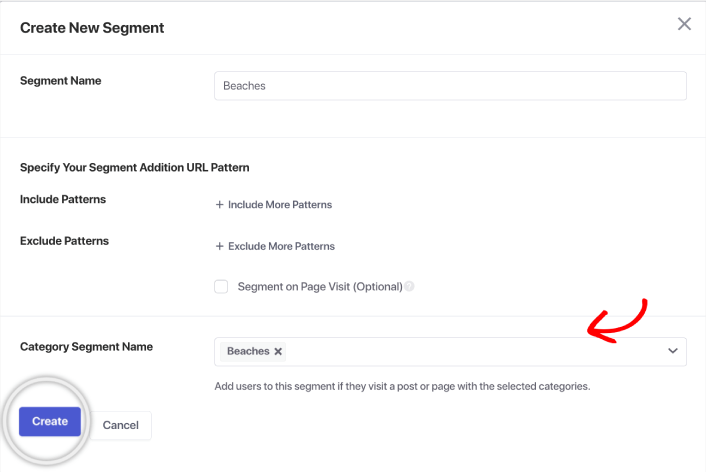
3. Use them to announce limited-time offers
The real-time nature of push notifications makes them excellent tools for announcing limited-time deals. These types of notifications bring immediate value to shoppers, as they alert them about time-sensitive discounts they don’t want to miss.
🎯 POWER TIP: You can make discount redemption easier and more appealing to shoppers by sending coupons as push notifications. Advanced Coupons make this possible for WooCommerce store owners. This powerful plugin integrates seamlessly with PushEngage, allowing store owners to send their coupon promotions directly to customers’ devices!
4. Use rich media
According to studies, people process visual content 60,000 times faster than text. This also impacts how shoppers engage with marketing campaigns. Industry insights reveal that adding rich media (such as images or emojis) can improve the click rate of web push notifications by 18%!
By leveraging rich media, you can enhance clarity and evoke emotion, which can lead to better audience engagement. Here are some examples you might consider:
- Product images: Announcing a restock or reminding shoppers of their carts? Show them a product image to spark interest!
- Creative banners: Add discount graphics or countdown timer visuals to increase a sense of urgency among buyers.
- Branded elements: Use your logo and official brand colors to enhance brand recognition and recall.
With plugins like PushEngage, you can upload rich media like images and custom icons to make your notifications more catchy and visually appealing. Check out this example:
5. Choose the right time to send
Since push notifications are real-time marketing tools, their effectiveness depends heavily on when they’re sent and seen by shoppers. Sending them at the wrong time (or too frequently) can lead to audience fatigue, lower engagement, and higher opt-out rates.
Here are some key ways to optimize the timing of your notifications:
- Consider time zones: This is especially important if you serve a global audience. Most push notification plugins allow you to send messages based on customers’ time zones.
- Leverage behavioral triggers: Consider automating push notifications based on user actions (such as visiting a product page or checking out a product) instead of scheduling them at a specific time.
- Analyze customer activity: Track engagement patterns on your store to determine when your buyers are most active. Then, schedule your notifications based on these insights.
6. Track results and optimize
Let’s wrap up our list of push notification best practices with a very crucial tip–track your results!
Without proper tracking and analysis, you’re leaving money on the table and missing out on opportunities to improve conversion. By understanding what works and what doesn’t, you can refine your messaging and segmentation to keep engagement rates high.
One key metric to track is your notifications’ click-through rate (CTR). High click-through rates mean that you’re successfully grabbing customer attention with compelling messages.
Another essential metric to track is your campaign’s conversion rate. This reveals how many users complete your desired action (such as redeeming a coupon or making a purchase) after they click the notification.
After analyzing your results, use the date to optimize future campaigns. Most push notification plugins allow you to A/B test different messaging variations to determine which content performs best for your audience.
Looking for the best tool? Check out our list of the best push notification plugins for WooCommerce here. 👉
Frequently Asked Questions
What is the best push notification strategy?
Personalized, well-timed, and value-packed push notifications perform best. To drive the best results, it’s important to segment your audience based on demographics or user behavior. Plugins like PushEngage allow store owners to segment shoppers and send out automated notifications based on their purchase behavior.
Following push notification best practices, such as keeping messages short, adding compelling calls to action, and leveraging rich media, can also improve campaign performance.
How effective are push notifications?
Push notifications are highly effective when used strategically. According to industry insights, they outperform emails when it comes to engagement, boasting average click-through rates of 28%. They work especially well for limited-time offers, flash sales, and other types of time-sensitive promotions because they reach customers instantly.
How do I maximize push notifications?
Maximize engagement by following push notification best practices: keep content short and action-driven, and add compelling calls to action. Leveraging rich media can also help you convey more information and make your notifications eye-catching.
Avoid sending out generic messages. Instead, segment your audience based on their demographics, purchase behavior, and preferences to ensure the relevance of each notification. Timing also plays a key role. Analyze your store’s analytics to identify when your shoppers are most active and schedule your messages accordingly.
Conclusion
Push notifications can help you cut through the noise and grab the attention of shoppers–but only when they’re strategically used. Following push notification best practices can help you maximize customer engagement and boost conversions.
In this article, we explored six best practices to guide your campaign:
- Keep it short and sweet
- Make it personal
- Use them to announce limited-time offers
- Leverage rich media
- Choose the right time to send
- Track results and optimize
Using push notifications can be a game-changer for your promotional strategy. Advanced Coupons seamlessly integrate with PushEngage, allowing you to send coupon promotions as push notifications! This can make discount redemption easier for your valued shoppers.
We hope this article helped out! Do you have any questions? Let us know in the comments!

